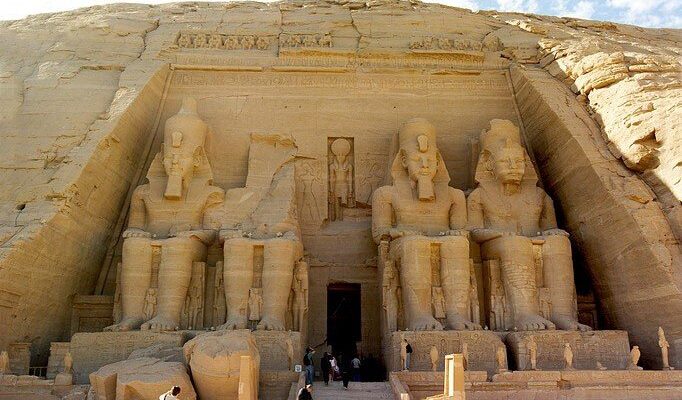Abu Simbel
Abu Simbel is a famous temple complex, Ancient Egypt’s greatest architectural achievement. Instead of building them out of stone, Ramses II carved the temples into the cliffs of the Nile Valley in ancient Nubia, 7 kilometers from the Sudanese border. The construction of the Aswan Dam in 1972 and the creation of Lake Nasser threatened the temple complex with flooding, so it was decided to move it to a similar setting where there was no risk of flooding. An artificial cliff was erected on the hillock, mimicking the original in every way.
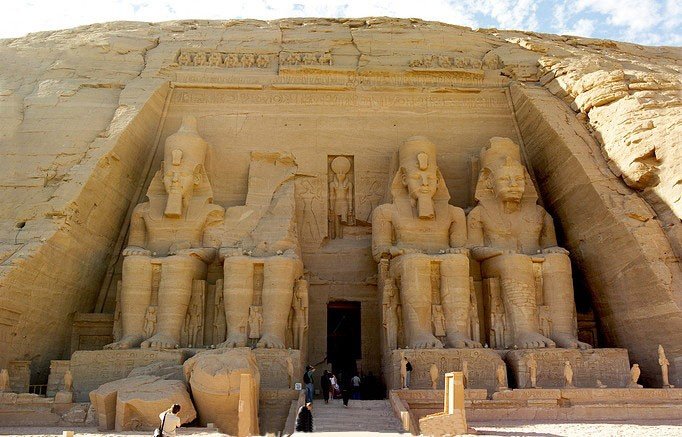
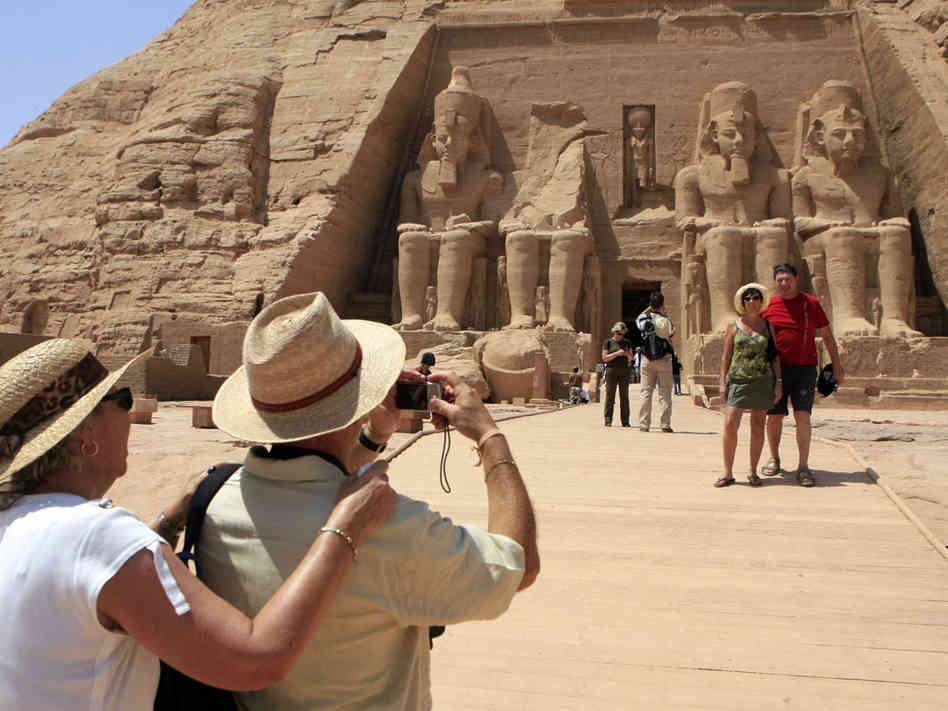
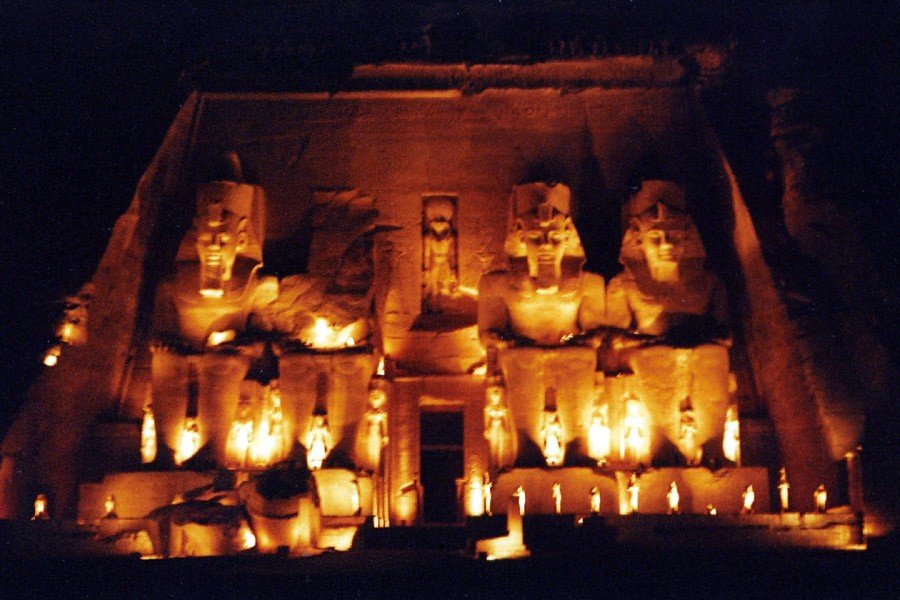
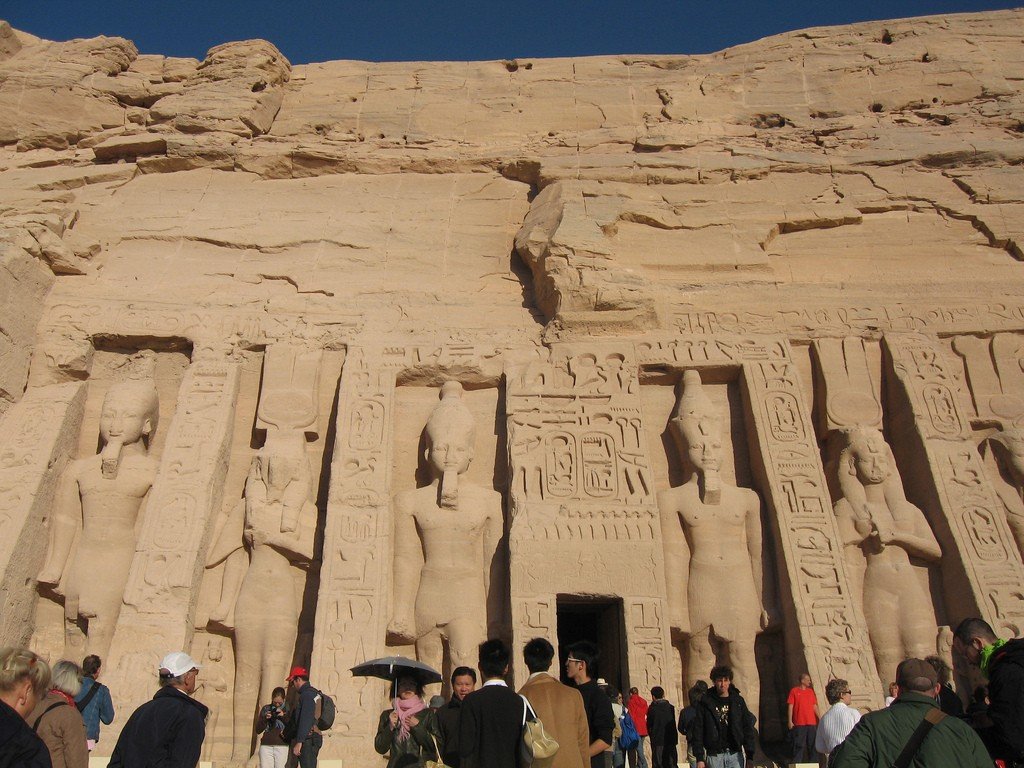
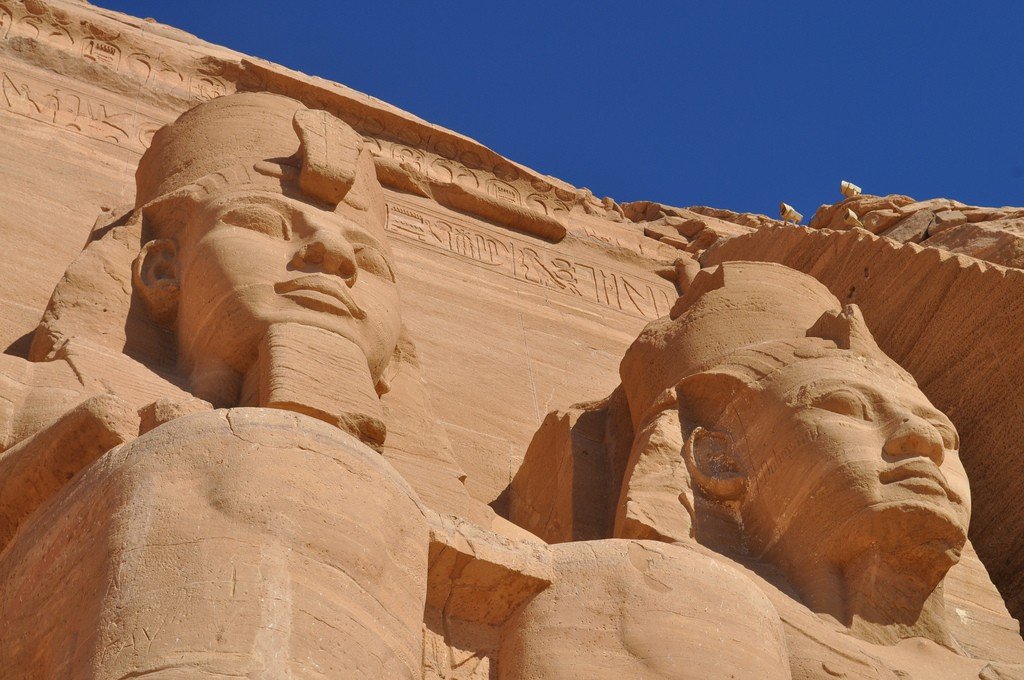
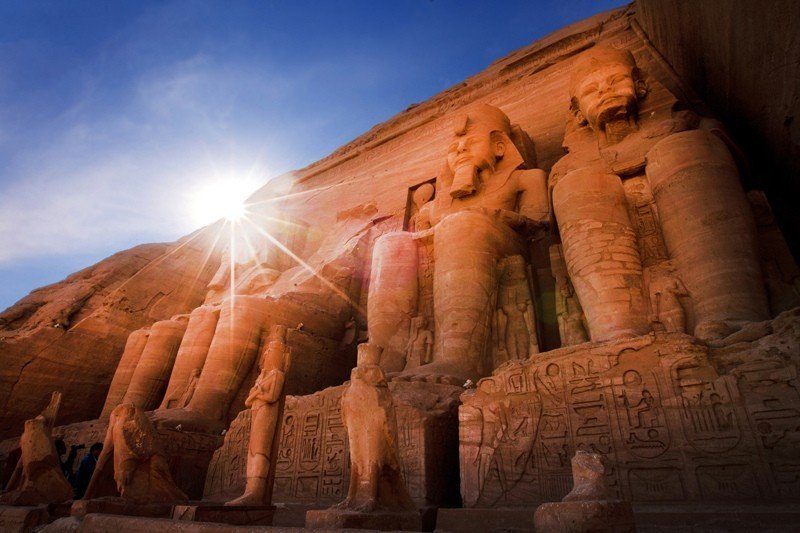
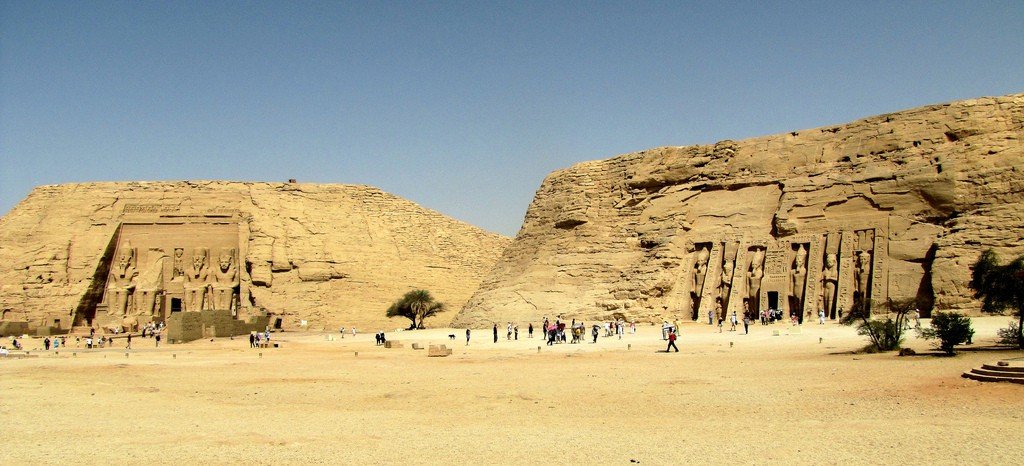
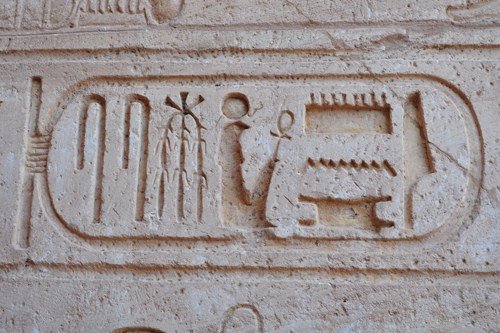
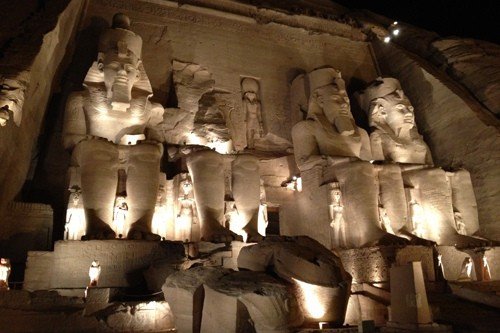
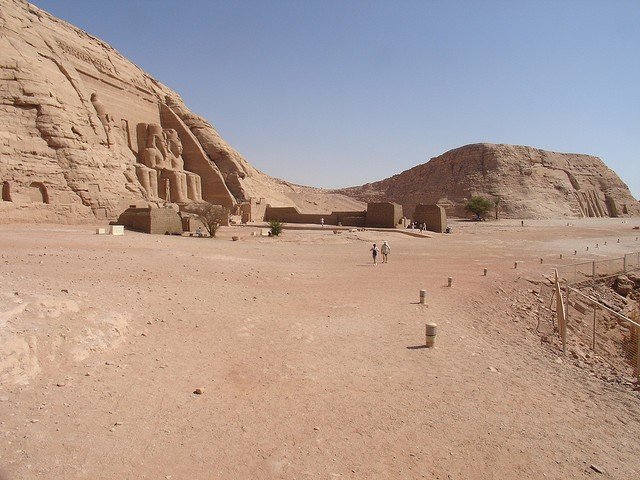
General information
The temple complex was then dismantled into more than 1,000 pieces, some weighing up to 15 tons, transported to a new location and reassembled. The reconstruction is almost flawless. Ramses II built these temples in the 13th century B.C. at the zenith of his power, extending his rule throughout the empire. The temples of Abu Simbel not only symbolized his greatness, but were also used to store gold and other valuable cargo that arrived from Central Africa on camels.
.The facade of the Temple of Ramses II (daily 6.00-17.00, in summer until 18.00), one of the most popular images of Ancient Egypt, can be seen on the covers of numerous brochures and guidebooks, but nothing can prepare you to face the stunning reality. The four monumental colossi of Ramses II framing the entrance reach a height of 20 meters and face the rising sun, to be filled daily with the energy of the solar god. The pharaoh sits with a nonchalant look, crowned with a double crown symbolizing his authority over Upper and Lower Egypt. At his feet are members of his family, represented as miniature figures. The bas-reliefs carved on the pharaoh’s thrones depict the gods of the Nile. Between the two central colossi is an alcove with a small statue of Ra-Horakhti (the solar god Ra combined with Horus), with whom Ramses shares the temple.
This temple has no courtyard, so you enter immediately into the hypostyle hall. Carvings on the columns depict Ramses (in the form of Osiris) making offerings to the gods, and the walls show scenes from his military campaigns and triumphant return with hundreds of Hittite captives. The north side is devoted almost entirely to the most important victory during his reign, the Battle of Kadesh, when the young pharaoh defeated a Hittite army near the Syrian city of Kadesh..
Next to the temple of Ramses II is the less imposing temple of Nefertari, his favorite wife. She too was deified, and in the 11.5 m tall façade of six colossi, she is the same height as her husband – a rare honor for a wife in Egypt. However, of the six statues, only two depict Nefertari, while the other four are dedicated to Ramses, confirming his higher position. The shrine dedicated to Hathor has a room where Ramses and Nefertari made offerings to the gods, as well as carved bas-reliefs depicting the pharaoh honoring his deified wife.
.Most tourists make the regular flight from Aswan to Abu Simbel, which takes about 50 minutes. For security reasons, travelers who travel to Abu Simbel by land still make organized tours under convoy protection.
